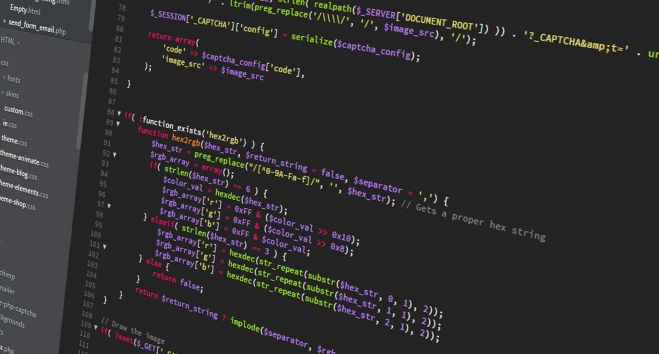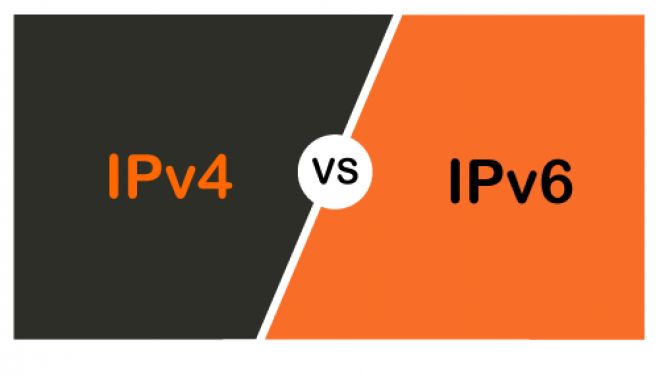A Comprehensive Backup Strategy for Data Protection and Ransomware Mitigation
- Κατηγορία Άρθρα
In the digital age, safeguarding our valuable data is of paramount importance. Data loss can lead to significant consequences, both for individuals and businesses. A robust backup strategy is the key to protecting your critical information and ensuring business continuity. In this article, we will explore a comprehensive backup approach that involves rotating backups, combining Windows and Linux servers, and implementing RAID architecture. This strategy not only provides data redundancy but also helps mitigate the risks of ransomware attacks.
Why a Backup Strategy Matters?
Before delving into the specifics of the backup strategy, let's understand why having a well-thought-out backup plan is essential. Data loss can occur due to various reasons, such as hardware failure, accidental deletion, or cyberattacks like ransomware. Without a proper backup system in place, retrieving lost data becomes a daunting task, often resulting in permanent data loss and costly downtime. A well-designed backup strategy safeguards against these risks, allowing for efficient data recovery and minimizing potential damages.
The Components of a Comprehensive Backup Strategy
- Rotating Backups: Preserving Historical Data: At the heart of this backup strategy is the concept of rotating backups. Rather than overwriting the same backup files every time, this approach keeps multiple versions of your data at different points in time. For example, you may have DOCUMENTS0.rar, DOCUMENTS1.rar, and so on, with the latest backup as DOCUMENTS0.rar. This allows you to restore files from various dates, enabling you to recover data that was modified or deleted days or even weeks ago.
- Windows and Linux Servers: A Redundant Approach: To enhance data protection, the strategy involves the use of both Windows and Linux servers. The backup process is initiated by the Linux server, which logs in to the Windows Server to perform the backups. This separation of systems helps minimize the risk of ransomware attacks. Even if the Windows Server is compromised, the backup system, controlled by the Linux server, remains unaffected.
- RAID Architecture: Ensuring Data Redundancy: Incorporating RAID (Redundant Array of Independent Disks) architecture further enhances data redundancy. RAID arrays distribute data across multiple disks, providing fault tolerance and improved data reliability. In the event of a disk failure, the system can continue operating without data loss. RAID configurations, such as RAID 1 or RAID 5, are commonly used in backup setups.
- Email Notifications: Staying Informed: To keep you informed about the status of each backup operation, the strategy includes email notifications. After the backup process is completed successfully, the system sends an email, assuring you that your data is safely backed up. If something goes wrong, the absence of an email alert will prompt you to investigate and address the issue promptly.
Setting up the Backup Procedure
Now that we understand the components of the backup strategy, let's walk through the process of setting up the backup procedure:
Step 1: Delete Oldest Backup
The backup procedure initiates by erasing the oldest backup to make room for the new one. Removing the oldest backup ensures that the rotating backup cycle continues smoothly, and you always have the most recent data available.
Step 2: Rename Backup Files
Next, the script renames each backup file in a sequential manner. For instance, if you have DOCUMENTS0.rar, the script will rename it to DOCUMENTS1.rar, and so on, until it reaches the second-newest backup. This process shifts each backup version one step back in the rotation, making way for the new backup.
Step 3: Create New Backup
After renaming the existing backups, the script creates a new backup file from the specified folder source. This newly created backup becomes the latest addition to the backup rotation.
Step 4: Copying Backups to External USB Drive
With the backup files successfully updated, the next step is to copy these backup sets to an external USB drive. This external drive acts as an additional layer of protection and allows you to keep a separate copy of your critical data in a physically distinct location.
Benefits of the Comprehensive Backup Strategy
Data Restoration Flexibility: By preserving historical backups, you gain the flexibility to restore files from various points in time, providing protection against accidental deletions or data corruption.
Ransomware Resilience: The segregation of backup systems and the use of a Linux server to initiate backups minimize the risk of ransomware attacks affecting your backup data, ensuring data integrity.
Redundancy and Data Integrity: RAID architecture enhances data redundancy, reducing the risk of data loss due to hardware failures, and ensuring the integrity of your backups.
Automated Process: The automated backup procedure, initiated twice daily through the Task Scheduler, reduces the need for manual intervention and ensures timely backups.
Real-time Notifications: The email notifications provide peace of mind by confirming the successful completion of backup operations, ensuring that you are promptly informed of any issues.
Offsite Backup: Copying backups to an external USB drive offers an offsite backup solution, safeguarding your data from physical threats like theft, fire, or natural disasters.
The Aftermath
A comprehensive backup strategy is essential for protecting your valuable data from loss and ensuring business continuity. This rotating backup approach, along with the combination of Windows and Linux servers, RAID architecture, and email notifications, provides a robust and reliable backup system. This strategy not only allows for flexible data restoration but also mitigates the risks of ransomware attacks by keeping backup operations separate from the main server. With an automated backup process and real-time email alerts, you can rest assured that your data is safe and secure.
Remember to regularly review and test your backup system to ensure its effectiveness and reliability. As technology evolves, adapt your backup strategy to meet changing requirements and stay ahead of potential threats. By adhering to these practices, you can confidently protect your data and minimize the impact of unforeseen events. Safeguarding your data today ensures a resilient and successful tomorrow.






